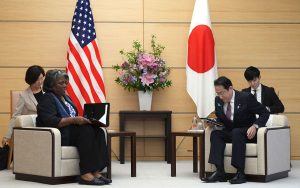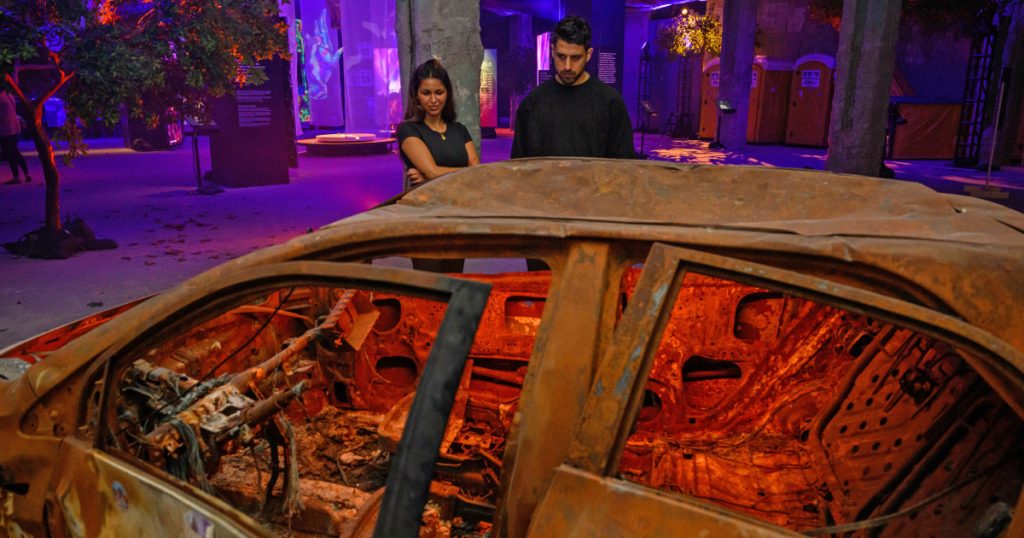Scooter Braun, a music manager, brought the exhibit “The Moment Music Stood Still” to the U.S. from Tel Aviv, where it was first available to the public last year. The exhibit aims to shed light on the tragic events of Oct. 7, when over 1,200 people were killed in Israel, and to support mental health treatment for victims and their families. Braun, who was deeply moved by his visit to Israel and meeting young survivors, hopes the exhibit will evoke empathy for all those affected by the conflict in the Middle East.
The exhibit arrives in the U.S. at a tumultuous time, during the ongoing Israel-Hamas war. Israel’s military actions in Gaza have led to widespread devastation and a humanitarian crisis, while Prime Minister Benjamin Netanyahu’s government faces global backlash. Braun, whose grandparents survived the Holocaust, hopes the exhibit will inspire visitors to empathize with the diverse range of individuals impacted by the conflict, including Israeli victims, families of kidnapped individuals, and innocent people in Gaza under siege.
Organizers of the exhibit anticipate potential protests from pro-Palestinian activists, who have demonstrated against Israel’s actions and the Biden administration’s support for Netanyahu. Despite this, Braun hopes to bring the exhibit to other cities in the U.S. in the future, though his focus is currently on the New York installation. The exhibit meticulously recreates the Nova festival grounds, using camping items taken from the festival to evoke the haunting atmosphere of the event frozen in time, caught between joy and terror.
Visitors to the exhibit in Manhattan can explore rooms filled with details from the festival attack, such as personal belongings found in the desert and lost and found tables holding watches, keys, glasses, and purses. The atmosphere is reminiscent of the U.S. Holocaust Memorial Museum in Washington, D.C., symbolizing the 6 million Jews who perished in the Holocaust. In an interview, three survivors of the festival attack shared their harrowing experiences, recalling the chaos as they tried to find loved ones and escape the violence.
Ofir Amar, one of the survivors, expressed the hope that the exhibit will capture the spirit of the Nova festival as a celebration of life, freedom, and peace. He emphasized the universal nature of music and the festival experience, highlighting the common humanity that transcends differences in background, religion, or nationality. The exhibit aims to honor the memory of those lost in the festival attack while promoting healing, empathy, and understanding in the face of ongoing conflict and violence in the Middle East.
















